As a runner, you would probably have a GPS watch measuring heart rate and workout intensity. But do you understand the readings? Some of us don’t.
As a lead up to the Sundown Marathon on 31 May, veteran endurance athlete and former national triathlete Adrian Mok, gave a talk last Friday on helping runners to understand what their GPS heart rate readings are all about and how to use them to gauge the intensity of their workout. Other running tips were also given.
Some of Adrian’s sporting achievements have included completing a full marathon in a personal best timing of 3 hours and 9 minutes, finishing an Ironman race in 11 hours and 36 minutes and conquering the Westin Vertical Marathon, all 73 storeys of it – in just 6 minutes and 56 seconds. He also attempted the 2002 Eco Challenge in Fiji, which is one of the toughest footraces on Earth.
Adrian has brought his passion for sports into his business – he founded HiVelocity and is also the brains behind the Sundown Marathon too. As well, this veteran athlete also brought the Aviva Ironman 70.3 franchise to Singapore.
Here are some of the main highlights from Adrian’s talk and the subsequent Question and Answer (Q&A) session.
The importance of monitoring heart rates
It is important for athletes to understand and monitor their heart rates while exercising.
This is because workouts, especially those done for endurance sports, put great pressure on the cardiovascular system, and may overstress the heart if you push it beyond its capacity – a reason why sudden deaths occur during endurance races.
So by wearing a heart rate monitor, you can become familiar with your resting heart rate and your various heart rate zones – and begin to understand your own limitations. And you will know when it is ok to push your body more – and when to take it easy, during a training session or a race.
Knowing his or her heart rate, will help a runner to train at the right intensity – with a proper training programme.
Here are a few concepts to understand.
Predicted Maximum Heart Rate (MHR)
The basic formula to measure your MHR is 220 minus your age. So if you are 20 years old, your predicted MHR will be 220 – 20 = 200. This will give you the result in beats per minute.
However Adrian says that such a formula is very general and may not be that accurate. Also, the formula is less accurate as you get older, or for those who do plenty of exercises.
Instead, if you want to measure your maximum heart rate more accurately than the above formula, push yourself as hard as you possibly can for a short 5km or 10km run and then add five beats to the maximum reading that you get on the heart rate monitor.
Heart Rate Zones
As well as your actual heart rate, the majority of heart rate monitors on GPS watches will give readings that show your actual heart rate zone that you are working in. Training with a heart rate monitor is all about working in the different sports zones.
There are five zones, as follows:
Zone 1: (Activities done at 50 to 60 per cent of the MHR) This would include warming up and slow walking or strolling.
Zone 2: (Activities done at 60 to 70 per cent of the MHR) This is the fat-burning zone and the base training zone. About 80 per cent of your training, especially your long slow runs would be in this zone.
Zone 3: (Activities done at 70 to 80 per cent of the MHR) This is the comfort workout zone for most recreational athletes. It is not too slow, but at the same time though, if you constantly train at this zone, you will not be able to improve as an athlete.
Zone 4: (Activities done at 80 to 90 per cent of the MHR) If you work out at this zone, your work rate is beyond the rate that the body can convert carbs to energy.
Interval training should be done at this zone in order to be effective. It is also the zone that elite runners train at, when they want to push themselves harder and continuously make improvements in their speed.
But the downside is that lactic acid will build up in your muscles, because of the intensity of your training.
Zone 5: (Activities done at 90 to 100 per cent of the MHR) Most recreational runners can’t run at this zone, as your heart will be working at almost its maximum capacity. But many elite runners may push towards this zone at the end of a marathon.
Q&A Session
Some highlights were as follows:
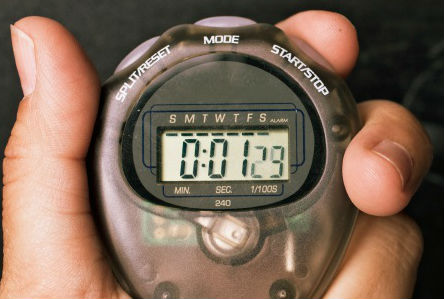
Do interval trainings based on your heart rate too, not just the watch. (image from womensnutritionsecrets.com)
How do you do interval workouts based on your heart rate?
Adrian suggests that you do not set goals for the workout at first. Just complete the first set based on gut feeling.
As for resting between intervals, a general guide is to rest for 1 minute, if your intervals are 2-minute ones. But for 4-minute intervals, the guide is to get between 1 to 2 minutes’ rest.
And for your resting time, do not come to a complete stop. Just slowly walk back and forth preferably until your heart rate activity returns to 70 per cent of your maximum.
You should know when to call it a day when you find that your heart rate can no longer drop down to 70 per cent between interval sets.
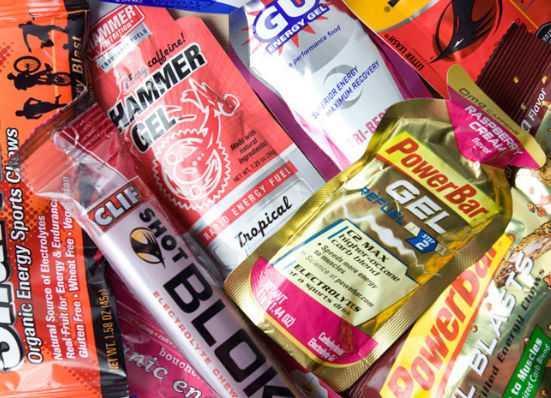
Runners should know when they need a gel boost during a run. (image from peaknutrition.wordpress.com)
How do you know when to take gels during a marathon race?
Adrian feels that it depends on how you feel about your own body.
For a 42km race, he would usually take his first gel between 65 to 75 minutes, depending on the effort that he is exerting. This effort refers to the heart rate, speed and the intensity. If Adrian is working harder, he would take the gel sooner. Subsequent gels would be at 30 to 50 minute intervals, depending on the running speed and pace.
Why do you get cramps during a marathon race?
According to Adrian, if you have trained well for the race but get cramps, it is due to a lack of salts in the body. So try and load up on electrolytes and supplements.
Adrian recommends taking CrampFix tablets (from Norway) before and during the race, to infuse electrolytes and salts into your body as a temporary form of relief.
How do you build distance for a marathon?
Adrian advises runners to build mileage up to three quarters of the marathon distance, that is, 30 or 32km. This is because if you are confident of completing 32km, then there is only 10km more to go on race-day. And so with “only” 10km to go, the runner will be more motivated to complete and finish the race.
He doesn’t advise runners to go beyond that. You will get injured easily.
But the increment in mileage of a run should be no more than 10 per cent of the previous run. You should also start at your comfort zone.
Said Adrian, “If you are comfortable with 2km, then begin with 2km first.”
However, for a half marathon (21km) run, he advises runners to train for the full 21km because this is perfectly do-able and will condition the body better to run the distance.
When should you do your last long run before a marathon?
Adrian advises runners to do so about three weeks before the race day.
However, during the tapering phase, while you should cut down on volume, do not reduce intensity. If you take a complete break from exercising in the lead-up to the race, your VO2 max (the body’s capacity to maximise available oxygen during exertions) drops.
“To train your VO2 max, it needs to be highest just before the race. So keep the intensity high,” said Adrian.
Cross training also helps during the tapering phase, especially cycling and swimming.
Is compression wear useful?
According to Adrian, compression socks and tights may be of use. But the compression tops are simply physiological – much like the “lucky charms” that some athletes wear to bring them good luck, before a race.
Is it common to get backache after runs?
Adrian says that backaches are not exactly due to running. Rather, he feels that it is due to general human habits, especially sitting down in the same positions for too long.
To help with back problems, you should try yoga and pilates as they help with the overall body and back strength.
Other Blog Posts
Last Minute Marathon Tips from Mok Ying Ren
Sundown Marathon – The Final Lead Up Run
Sundown Marathon Tips from Alex Ong
Sundown Marathon Tips from Ivan Low

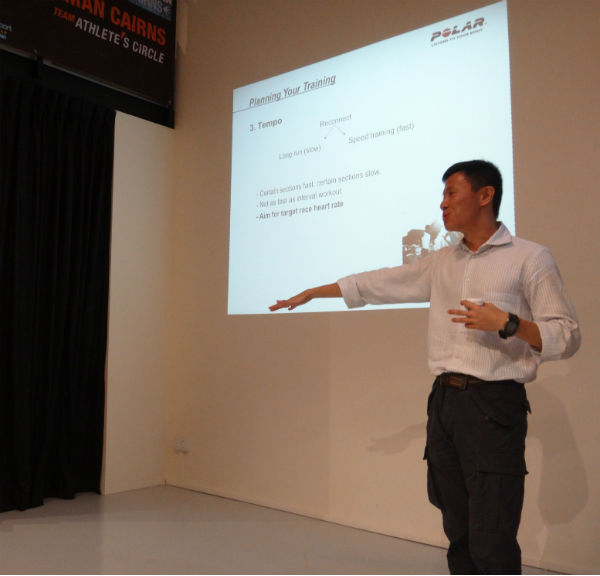
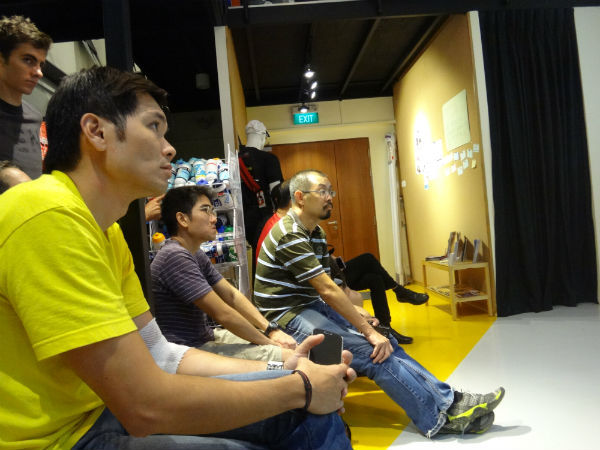
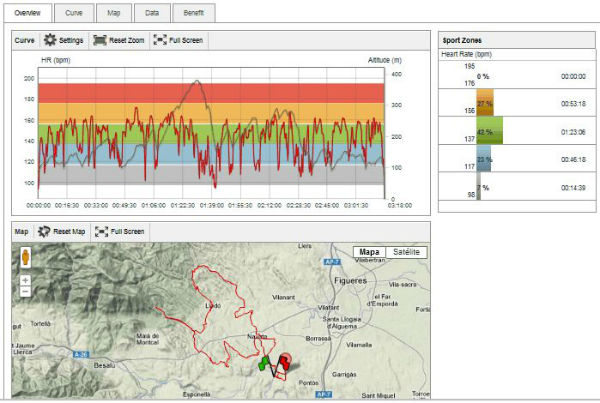
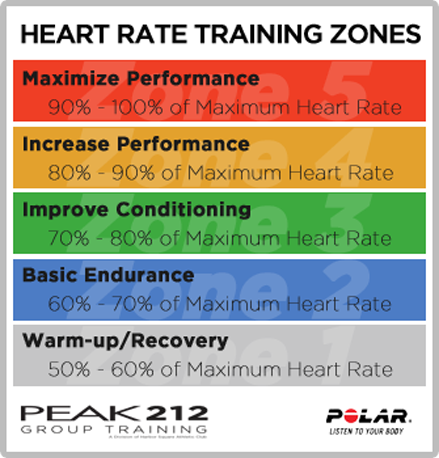
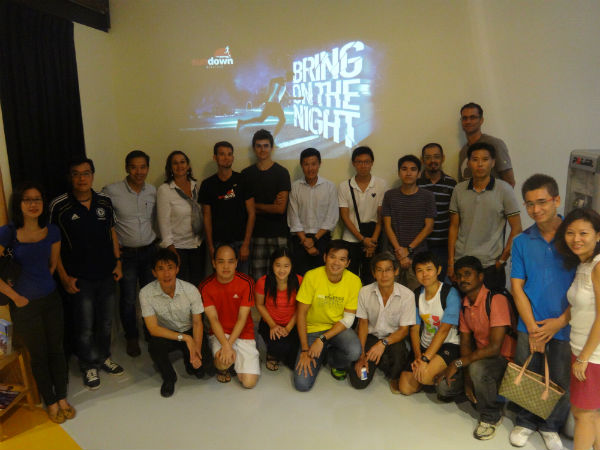

Leave a Comment